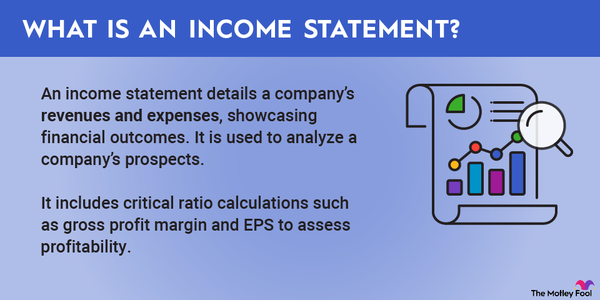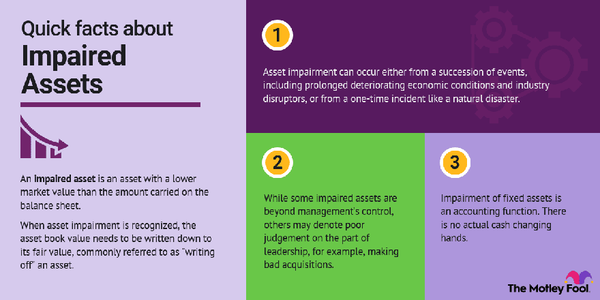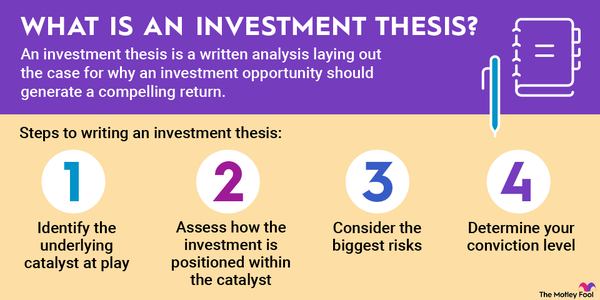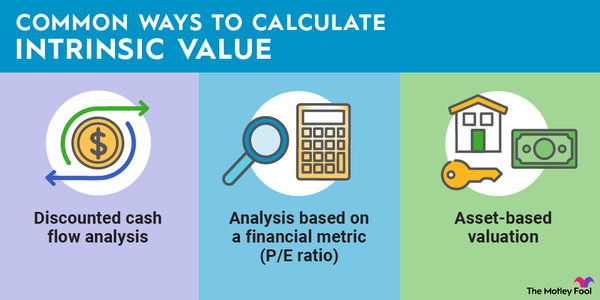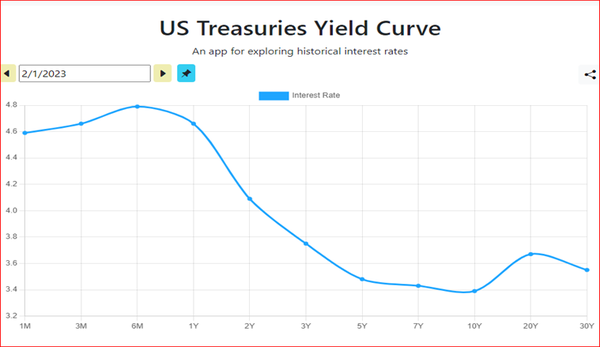Pharmaceutical and biotech investors have to understand more than just the companies' business models. Another vital area of knowledge involves medical trials and how they're analyzed. One such technique is called intention-to-treat analysis.

Intention-to-treat analysis defined
What is an intention-to-treat analysis?
When you have a medical trial, the resulting data must be ordered and analyzed for the results to have any meaning. Intention-to-treat analysis is a technique generally considered the gold standard in medical data analysis, although it is not the only common method.
In intention-to-treat analysis, treatment groups are maintained throughout the study, even if members drop out or are otherwise excluded from the trial. This method enables the random groups to remain intact with all their data, including the data from those who didn't complete the study.
Intention-to-treat vs. per-protocol
Intention-to-treat analysis versus per-protocol analysis
Intention-to-treat analysis is an extremely important type of analysis because it looks at the whole data set without throwing any data out. When you look at the complete results, sometimes patterns may emerge that you'd not notice otherwise. This is very different from per-protocol analysis, the other main type of analysis for this sort of data.
In per-protocol analysis, patients who don't complete the study are excluded from the final analysis. However, this can not only create a lot of false conclusions but also disrupt the randomization of the study groups.
For example, if you were studying the effects of a new obesity drug on a group of patients, but some were excluded from the final analysis due to side effects, you may not detect the common threads among people who tend to have side effects.
Benefits and drawbacks
Benefits and drawbacks of intention-to-treat analysis
Intention-to-treat analysis is considered the benchmark in Food and Drug Administration (FDA) applications for new drugs. The pharmaceutical and biotech industries rely on them heavily for approvals of new medications and medical devices.
This analysis type looks at entire data sets without removing anyone from the groups, so it can reveal unexpected or unintended results. That can be helpful when you're trying to determine whether a drug is safe.
On the other hand, sometimes, intention-to-treat analysis is too conservative and can make a drug look less effective. This typically occurs when many people drop out of a study due to mild side effects that could otherwise be mitigated in practice. Therefore, you generally get a better picture by performing both intention-to-treat analysis and per-protocol analysis and comparing the results.
Why it matters to investors
Why intention-to-treat analysis matters to investors
A solid understanding of a product's or service's performance is vital to making investment decisions. This is especially true when you're putting money into sectors related to pharmaceuticals and medical devices.
Without this information, it's hard to judge how well your company is doing its job or whether you even want to continue investing with them. After all, if the drug you believe will help your pharmaceutical company become a huge name fails in trials, it's better to learn that before anyone else.
Related investing topics
When you can see the intention-to-treat analysis's purpose and compare it with per-protocol and other analyses, you know more clearly what to expect -- or not expect -- from your investment.
Maybe the drug is promising but still has a way to go. That's fine if you are aware and can prepared for a long period of lackluster gains before your company gets its footing. But maybe it's a terrible idea and must be redesigned from the ground up, potentially resulting in heavy and sustained losses. Intention-to-treat analysis combined with other analyses can help to ensure you are ready either way.













